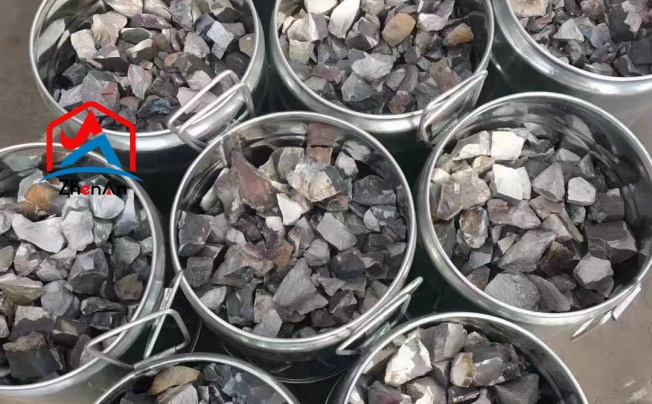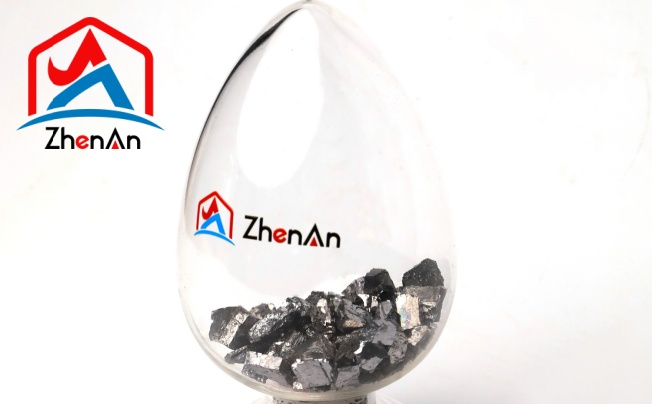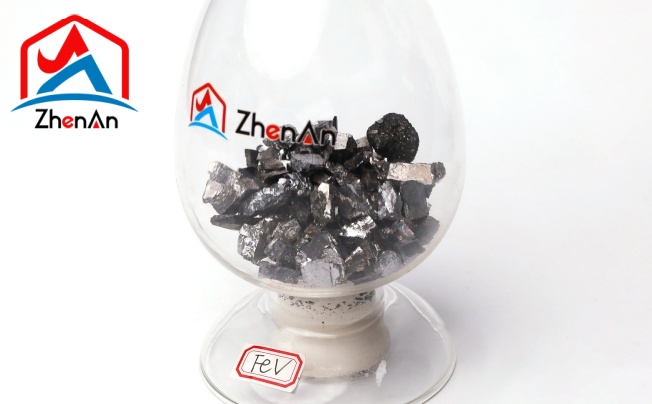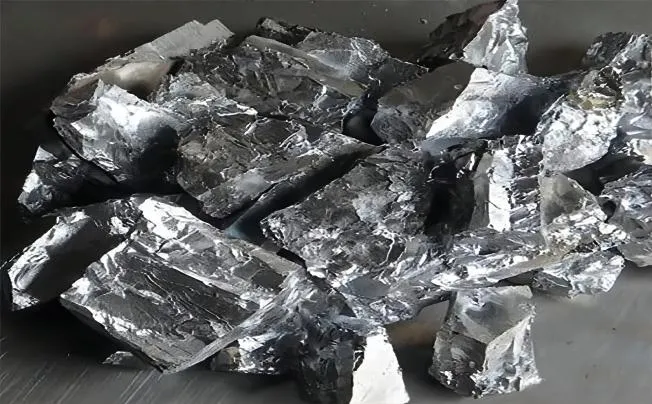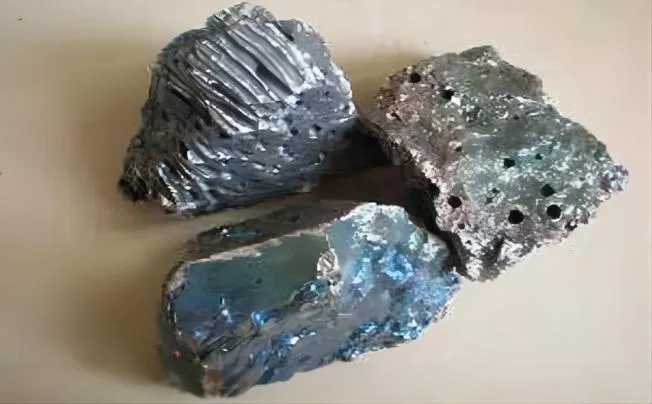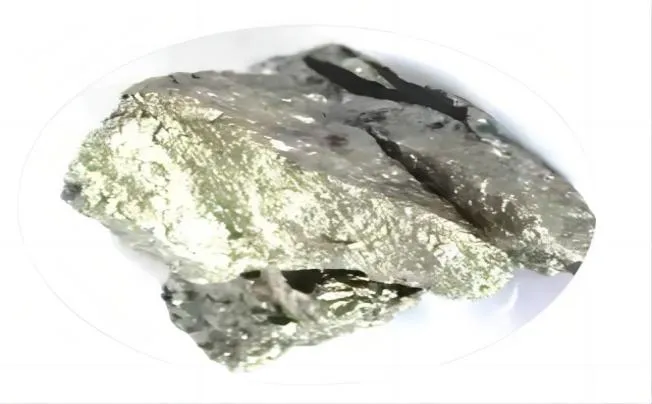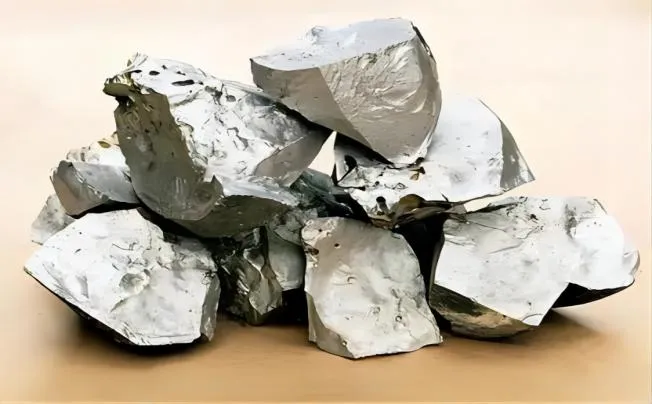What is Ferro Vanadium?
Vanadium and iron are combined to create ferrovanadium, an alloy with roughly 50% vanadium. It is frequently added to steel to improve its strength, hardness, and resistance to corrosion.
Ferrovanadium is produced by a variety of techniques, such as silicon reduction and aluminium reduction.
What is Ferro Vanadium 50?
Iron and vanadium are combined to create the alloy Ferro Vanadium 50. It is frequently added to steel as an additive to increase its hardness, strength, and resistance to corrosion.
Ferro vanadium can contain anywhere between 35% and 85% vanadium. Ferro vanadium is produced using a variety of techniques, such as reduction by silicon and reduction by aluminium.
In the silicon reduction process, slag, lime (CaO), ferrosilicon (FeSi75), and vanadium pentoxide (V2O5) are mixed in an electric arc furnace that has been heated to 1850°C. Vanadium in V2O5 is reduced by the silicon in ferrosilicon to vanadium metal, which combines with iron to form ferrovanadium. To use up the silicon and purify the metal, more lime and V2O5 are added. Concentrations of vanadium ranging from 35 to 60 per cent are produced by this technique.
In an electric arc furnace, iron, V2O5, aluminium, and lime are mixed in the reduction by aluminium process. Aluminium converts the vanadium in V2O5 to vanadium metal, which dissolves into iron to create the ferrovanadium alloy. This process is similar to the silicon approach. Vanadium content in the resultant ferrovanadium ranges from seventy to eighty-five percent.
Many industries, notably the manufacturing sector, use ferro vanadium extensively in the creation of alloy steels. For steels such as tool steel and high-strength low alloy steel, it serves as an all-purpose hardener, strengthener, and anti-corrosive additive. It is also employed in the infrastructure-related manufacture of carbon steel.
What is Ferro Vanadium 50 Used For?
Steel manufacturing is the main use of ferrovanadium 50. It is frequently added as an alloying element to improve the steel’s hardness, strength, and ability to withstand corrosion. When ferro vanadium 50 is added to steel, it becomes tougher and more resilient to torsional stresses. This is accomplished by causing the production of vanadium carbides, which reduce the ductility of the steel by producing finer grain sizes and a stiff crystal structure.
Ferro Vanadium 50 is used to manufacture steel, which is used in the production of pipes, tools, automobile parts, and other items. Applying a layer of nitrated ferrovanadium on steel can enhance its resistance to abrasion by thirty to fifty per cent.
What Are the Grades of Ferrovanadium?
There are many grades of ferrovanadium available, with vanadium contents ranging from 35% to 85%. FeV80, or ferrovanadium with 80% vanadium, is the most often used composition.
Ferrovanadium contains trace amounts of silicon, aluminium, carbon, sulphur, phosphorus, arsenic, copper, manganese, and vanadium in addition to iron and vanadium. The grade of ferrovanadium is determined by the concentrations of these impurities.
Several techniques are used in the manufacturing of ferrovanadium, such as the direct alloying of vanadium slag, the aluminium thermal process, and the electro-silicon thermal process. While the aluminium thermal technique can yield various grades of ferrovanadium, the silicon thermal method can yield medium-grade ferrovanadium and ferrosilicon vanadium alloys.
Steel manufacturing is the main usage of ferrovanadium. In carbon steel, alloy steel, high-strength steel, and HSLA (High Strength Low Alloy) steel, it is frequently used as an addition. After this, these steels are put to use in a variety of products, such as vehicle components.
Manufacturing Process of Ferro Vanadium 50
- Reduction by Silicon:
- In an electric arc furnace heated to 1850°C, vanadium pentoxide (V2O5), ferrosilicon (FeSi75), lime (CaO), and slag (recycled vanadium-containing trash) are mixed.
- Vanadium in V2O5 is reduced to vanadium metal by the silicon in ferrosilicon.
- After that, the vanadium metal combines with iron to create ferrovanadium.
- To utilize all of the silicon and purify the metal, more lime and V2O5 are added.
- Ferro vanadium is created by this technique, with vanadium concentrations ranging from 35 to 60 per cent.
- Reduction by Aluminium:
- An electric arc furnace is used to mix iron, V2O5, aluminium, and lime.
- Aluminium reduces the vanadium in V2O5 to vanadium metal, much like the silicon process does.
- The ferrovanadium alloy is created when the vanadium metal dissolves into the iron.
- There is a vanadium concentration of seventy to eighty-five per cent in the resultant ferrovanadium.




